Warhammer, in its various versions (Fantasy, Age of Sigmar, 40000) is one of those playful products that it has spanned more than a generation and has become a transmedia phenomenon. That is, it moves through various types of media such as board games, movies, comics, books and of course or video games. Indeed, Warhammer 40000 alone counts since 1992 more than sixty (!) video game titles. The last born. Warhammer 40000: Chaos Gate – Daemonhunters, which we cover in this review, it is perhaps one of the best published in a long time. So let’s go hunting demons with our space marines in a future where there is only war.
The review of Warhammer 40000: Chaos Gate – Daemonhunters
Warhammer 40000: Chaos Gate – Daemonhunters is, at the base, a turn-based strategy game in which they are subjected to us a series of scenarios where we face hordes of enemies. In general, many are recognized typical elements of the XCOM style, although the game includes a number of specific mechanics as well however, it takes on its own identity. When we are not engaged in combat we have to manage ours base of operations: a space cruiser which bears the name of Editto Funesto.
At first, the space cruiser is a little badly done, so it is necessary to recover resources during combat missions. Resources we will use for the first repairs first and then for add new features. The management of resources and the progression of the cruiser and the space marines is the focus of the game phases that take place on board.
To make the structures evolve it is necessary (also in XCOM style) to carry out research e advance in technology. However, there are also other factors to take into account while doing this, such as the equipmentil recruiting new gray knights e political influence.
In carrying out the campaign let’s move the cruiser inside the galaxy based on signals we receive from the various planets. Once we arrive at our destination, we drop off the space marines for engage in battle with demons. In case of victory, we will collect resources and information.
From a visual point of view this episode breaks with the past with a slightly more comic-oriented graphic style and medium-bright colors. The settings are very well taken care of and it often happens to pause to observe the details on the battlefields.
History
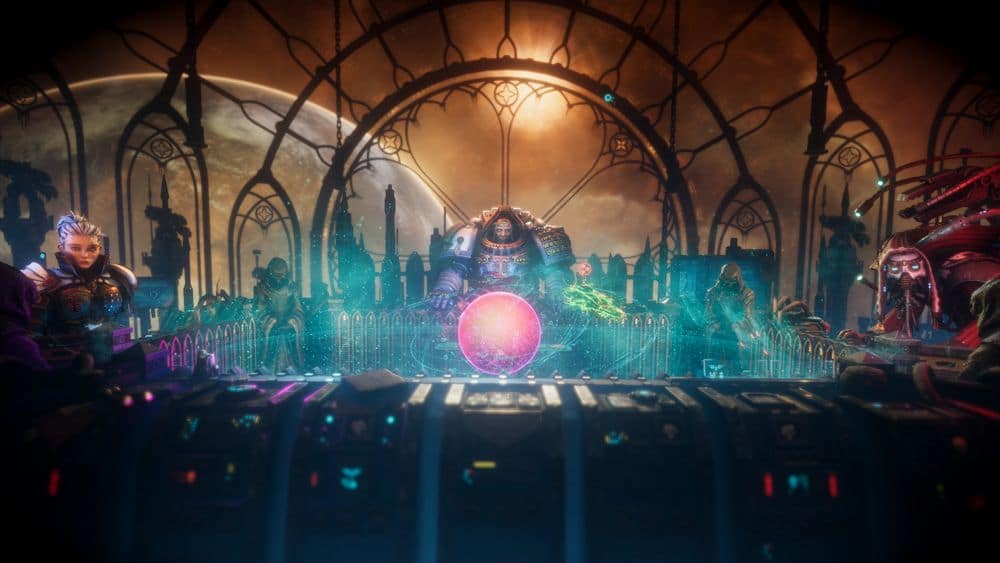
The story revolves around gray knights: an elite division of space marines selected on the basis of having psychic abilities. Therefore, on the field we will be able to count on both physical attacks and psionic interventions.
The campaign begins quietly: four gray knights are sent to free a demon-haunted cathedral. In the first battle, that it is perhaps the only tutorial form that the game offers us, you get to face a gigantic demon who, even if defeated, brutally kills the captain. From here, the real story begins, why we are entrusted with the command of the ship.
The first mission is apparently simple: return to Titan (one of Saturn’s moons) to report. Too bad, however, that along the way the cruiser is reached (and requisitioned) by an inquisitor named Vakir. Our mission is therefore ex officio changed and we will have to go and investigate what happened on the planet along our route home. From here the story evolves, and we find ourselves dealing with one demonic plagueso our ultimate mission becomes to eradicate it.
During the game we will interact with four non-player characters: Vakir l’inquisitrice, our adviser Ectar, the technopreter in charge of the cruiser Lucete and the Grand Master of the Knights. The first three, who will always be on the bridge with us, don’t get along well with each other at all; however, the way we will relate to each of them it will partially influence the evolution of history.
Storytelling, in general, is solid and well cared for. Furthermore, the characters are well characterized and contribute greatly to the player involvement in history.
The game mechanics
As already mentioned, the action that takes place in the operational base is purely managerial. We are talking about allocating resources for technological advancement, repairing or expanding the ship, plotting the course, selecting and equipping marines and so on.
This management part, which acts as an interlude between the battles, we have found, although it was not love at first sight, reasonably simple and manageable. There are no unusual dynamics present, other than something investigated by the setting in the Warhammer universe.
The real challenge of the game is mainly found on the battlefield.
The battlefield
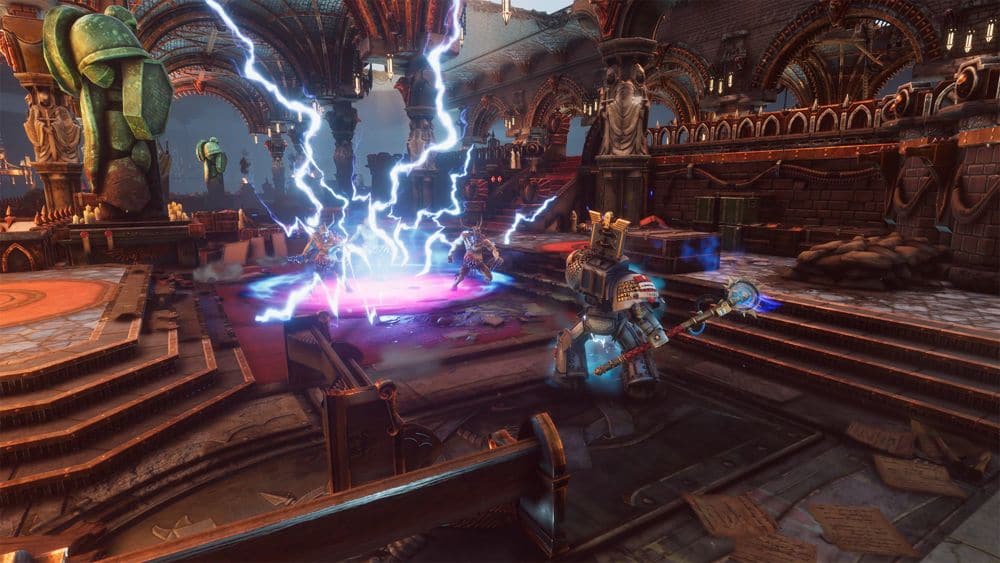
The real action, where it makes sense to talk about mechanics, unleashes during combat missions. Basically, we are faced with a turn-based strategy where we recognize some mechanics taken from XCOM combined with specific dynamics of the Warhammer 40000 board game.
During a shift we have a limited number of shares which can be used for to move or to attack. The attack can be from a distance but also melee. The ideal, being a strategic game, would be to attack and finish the round with all our marines in cover. In reality, our impression was that always staying in cover does not pay. Sometimes it is necessary to charge the enemy head down to avoid defeat. And this actually pushes the player more to immerse themselves in the spirit of the game.
One aspect we really appreciated is that many much of the setting can be destroyed. Not only by detonating objects, but also by causing walls, columns and bridges to collapse, possibly involving unsuspecting enemies. On the one hand this it adds a bit of spectacularity and helps stimulate alternative play strategies. On the other hand, it makes our safety even more uncertain because it sometimes happens to take refuge behind a structure that is swept away halfway through the next shift.
A novelty that, on the other hand, has surprised us a bit is that, unlike the board game and the other episodes we have played, the result of the actions is deterministic. That is, the shots always hit, an enemy can be hit or not and so on. This aspect, on the one hand, makes it easier to make strategic evaluations but on the other, in our opinion, it detracts a little from the original spirit because the battlefield ends up looking like a chessboard.
Only war, and all for the player
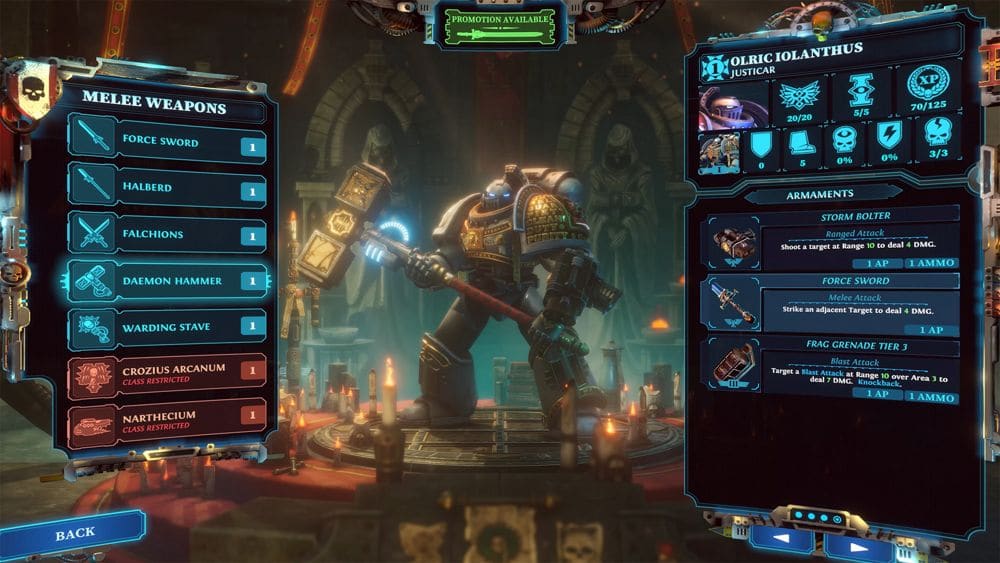
We all agree on what the Warhammer setting entails: basically, being a handful of heroes against an army. So the game must obviously convey a sense of anguish and the continuous feeling of inferiority, especially numerically.
Personally, however, we would have preferred these emotions to be conveyed with more complex battlefields and more refined artificial intelligence. That is, we preferred to be challenging ourselves on our tactical prowess. Chaos Gate – Daemonhunters, invece, he plays a lot more on numbers than on tactics. So, the game throws up on us troops in large numbers and in the end we often find ourselves surrounded. What we need to do is figure out what the correct sequence of actions is for combine the forces of all marines and survive. Obviously, this is also a way to stimulate a strategy in the player, but done systematically can get a little frustrating.
In addition to what has just been described, there is also one temporal mechanics. During the game, at each turn, Warp energy accumulates in the environment. When the energy level reaches a critical point, the demonic troops receive upgrades or a portal opens from which reinforcements for the enemies will emerge. Be careful, because the use of the psychic powers of the gray knights accelerates the accumulation of energy.
The consideration that we feel we can make on this aspect is that indeed there is in the spirit of Warhammer sending players against an army, and the board game does exactly that. However, in the board game the enemy troops generally have visibly less power to elite space marines. So part of the fun is also killing the enemy. This same [s]balancing in Chaos Gate – Daemonhunters not we see it present. A space marine, in fact, it can be put in difficulty even by a rather small number of enemies, somewhat betraying the spirit of the game. Our guess is that it is one design choice sets the number of enemies that can be present on the map without the interface becoming unusable.
An abnormal learning curve
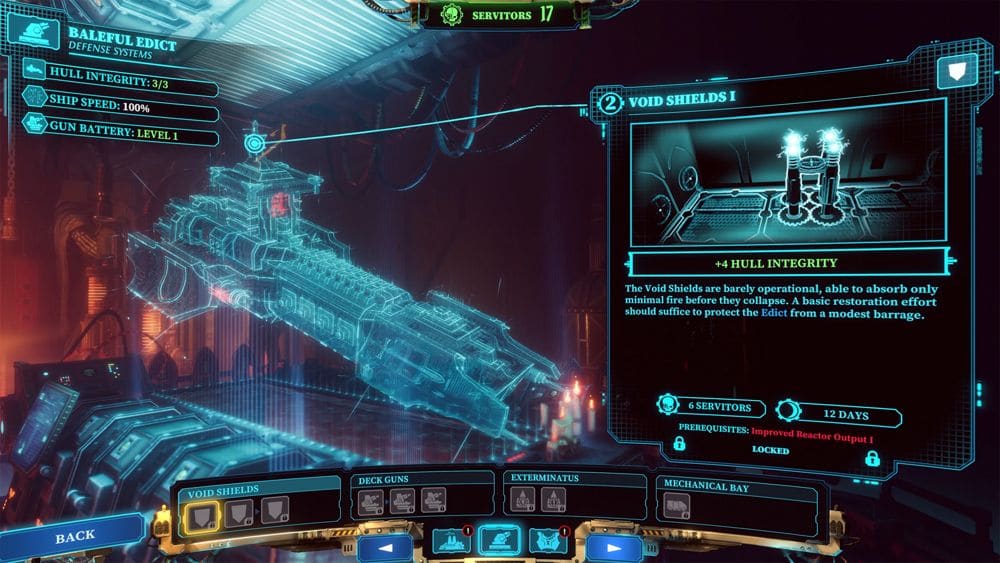
The learning curve of Chaos Gate – Daemonhunters is sadly a little anomalous and, in our opinion, also the only really detrimental element of the game. Usually, we are faced with games in which we are accompanied step by step in increasingly complex situations and towards the end of the game, we usually encounter the greatest difficulty. With Warhammer 40000: Chaos Gate – Daemonhunters, as we found out during this review, the situation is different.
Chaos Gate – Daemonhunters he immediately throws us into the lions’ den. In fact, the hardest and most important battles turn out to be the first three or four. In these battles we will have a limited number of space marines, very few resources, and a base of operations that needs repairs. Se …






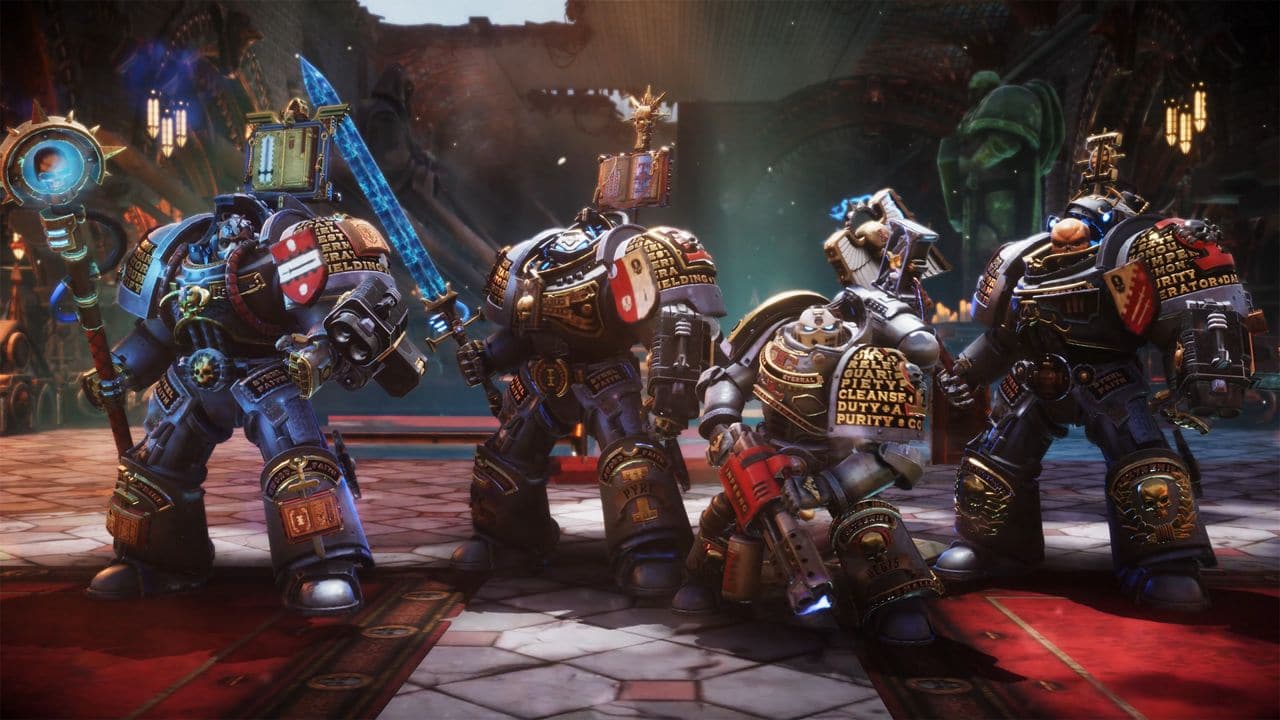






Leave a Reply
View Comments